Preparing to Welcome Ukrainian Students
A MiddleWeb Blog

There’s a bird feeder out back of my mother-in-law’s house, and one summer I saw that in the bare circle of dirt surrounding it, tramped in by the birds and the squirrels, there was a stand of six or seven full-grown sunflowers, their broad faces turning with the light.
I commented on them to my MIL, who laughed. “We didn’t do that on purpose. Some black oil sunflower seeds fell out of the feeder and germinated this spring,” she said. “But it looks really nice, doesn’t it?”’

Photo by Олександр К on Unsplash
Like those unexpected seeds, the sunflowers of Ukraine are coming our way: school-age children.
The count of people fleeing Ukraine is more than two million, according to The Conversation today, with the vast majority of those people likely to resettle in countries outside of Eastern Europe and impact these societies for many years to come.
Many of these adults and children will undoubtedly show up in the United States. What do we need to know to prepare the ground for them, so they will bloom? Here’s my suggested reading list.
Understand the War
This EdWeek article nicely summarizes some resources to use with students – and ourselves – to learn about the various contexts of the war, including this concise one page graphic.
Explore Ukrainian Culture and Literacy
Start here with this treatment of how Russians and Ukrainians are (and are not) related – The article also includes, in case you were wondering, why we talk about “Kyev” now and not “Kiev.” Duolingo chimes in as well here, adding some more detail on grammar, and how the language is being used in wartime. Finish up with the comprehensive Wikipedia article on Ukrainian culture.
Discover SLIFE-specific and Trauma-based Teaching Techniques
WIDA has produced a very helpful bulletin to get teachers started on the unique strengths and challenges of students who may have experienced limited or interrupted schooling, often due to war; MiddleWeb contributor Tan Huynh discusses effective teaching of SLIFE in this blog post. As always, it’s critical to collect specific background information on our students.
A student who has not been educated formally in school long term (my student Relatu from Sierra Leone, for example) will not have the same needs as a Ukrainian student who was progressing normally through the country’s public school system before the war caused them to flee. Regardless, high levels of trauma will be involved. Check out Kansas State University’s documentary on how to be a trauma-responsive professional.
Assist Refugee Families and Students
The National Association of School Psychologists has extensive Tips for Educators of Refugees. A short, crisp, and pointed list of do’s and don’ts with refugee students is useful if you’re time pressed or looking for something to send around to colleagues. And while planning for the Ukrainian sunflowers to come, don’t forget to read about the Ukrainians who are already here.
Further resources
● Resources to Help Students Process the Russian Invasion of Ukraine by School Library Journal Staff, March 9, 2022.
● Tons of New Useful Resources for Teaching & Learning about the Russian Invasion of Ukraine by Larry Ferlazzo, March 2022.
Do you have other tried and true resources? Leave links in the comments. Thanks!
Feature image: Todd Trapani on Unsplash

















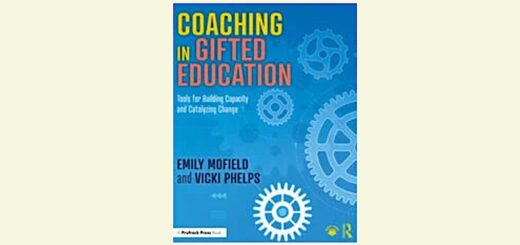

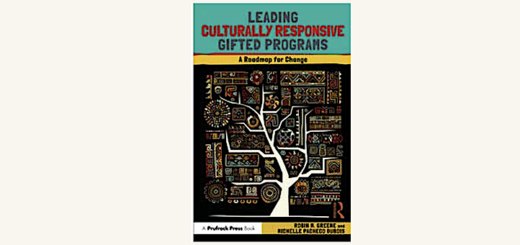


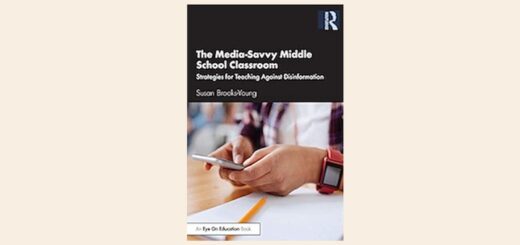


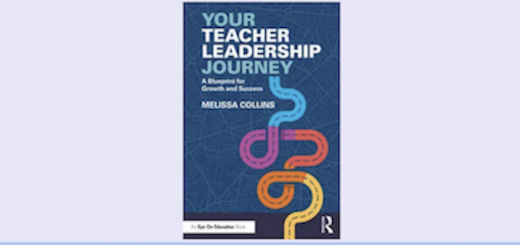
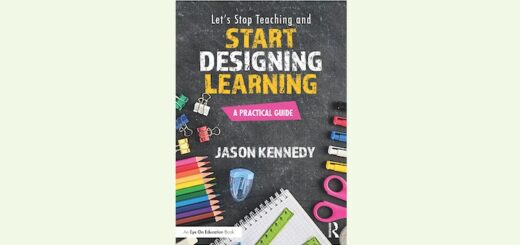
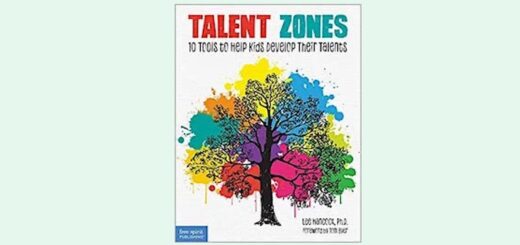
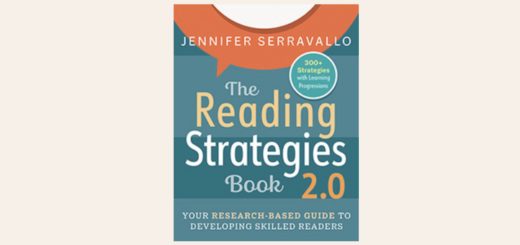

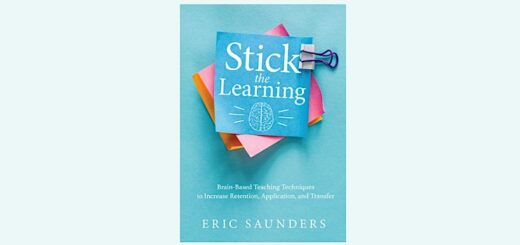
Thank you so much. As a former anthropology student currently working for a TEFL cert, this is a fantastic resource. I look forward to following up on your references. How much time I would have saved if I had found this post first.